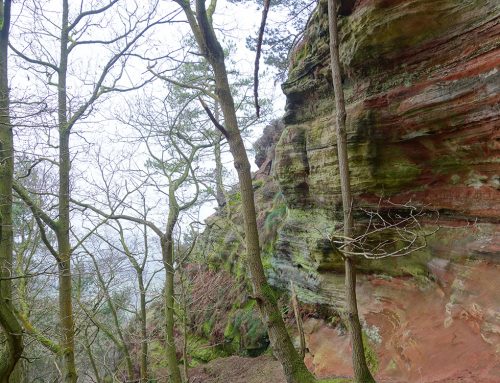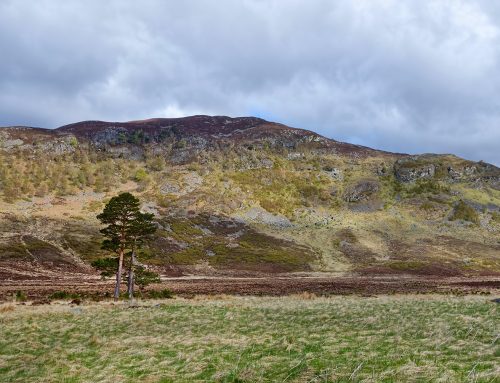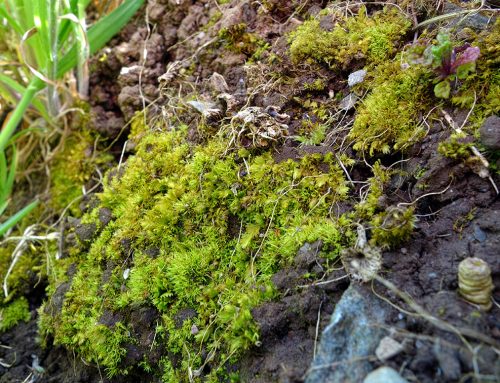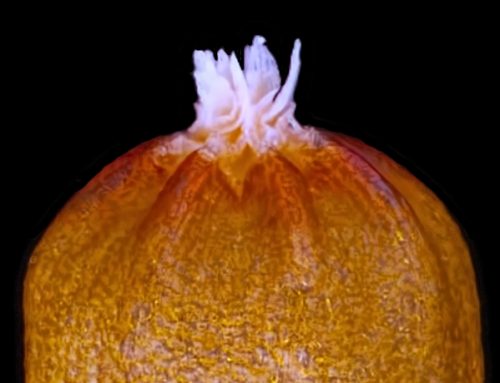The first thorough bryophyte survey and assessment of The Long Mynd SSSI, a 12 km long fault block within the Shropshire hills, has just been completed for Natural England. The results show that the site is of exceptional importance for this group of plants, in particular due to the many hundreds of springs and flushes that arise from the heavily fractured bedrock. A total of 246 species were found, representing 27% of the English flora. Eleven of these are nationally rare or scarce, including Anomobryum concinnatum (found in 1 10 m OS grid cell), Barbilophozia kunzeana (8), Bryum weigelii (54), Cephalozia pleniceps (10), Grimmia montana (129), Hamatocaulis vernicosus (81), Jamesoniella undulifolia (8), Philonotis arnellii (3), Sphagnum platyphyllum (45), S. subsecundum (4) and Ulota calvescens (1). The site is of special importance for the boreo-arctic Bryum weigelii, growing here at the southern edge of its British range and closely linked with large springheads scattered across the upland plateau. A single small mire supports the very rare Jamesoniella undulifolia and sunny rock exposures in the north-east are home to an outstanding population of Grimmia montana, perhaps the biggest in England. Much of the site is owned by The National Trust, who are working with Natural England to conserve the wildlife interest of the site, including the outstanding bryophyte flora.
The Long Mynd: survey illustrates exceptional importance for bryophytes
By Des Callaghan|2020-04-04T17:45:23+01:00May 4th, 2015|News from bryophyte surveys at sites in Britain|





